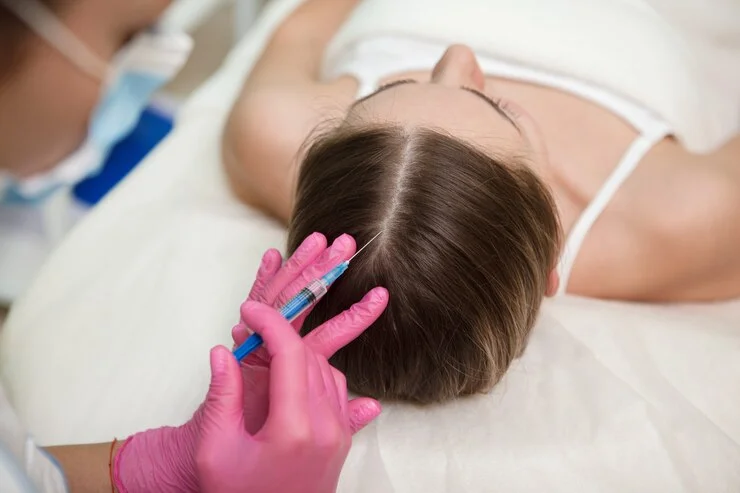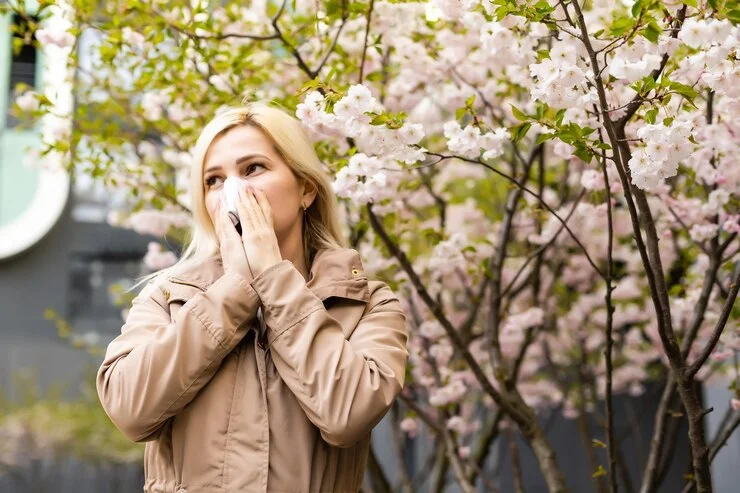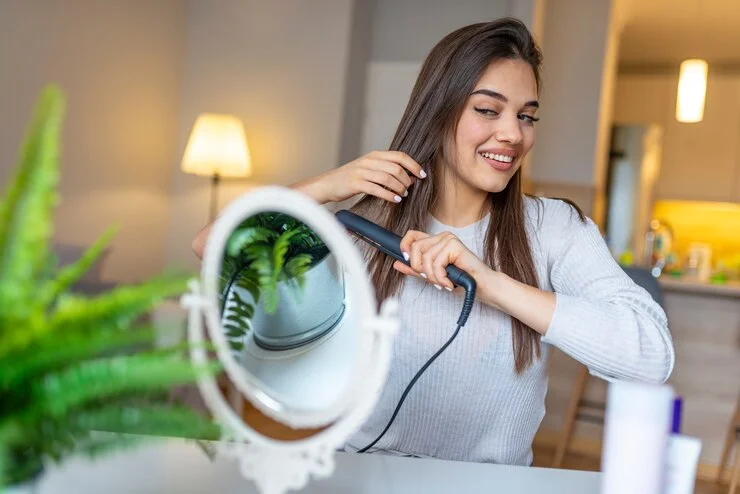Feminine Grooming Tips No One Ever Taught You ,But You Might Want To Know
Proper feminine hygiene involves paying special attention to the unique grooming needs of the female body. However, many young women enter adulthood without learning crucial self-care basics around private parts maintenance.
Neglected areas then lead to issues like irritation, ingrown hairs, odor and infections that cause both physical and emotional distress. It takes time unlearning detrimental messaging imposing secrecy around below-the-belt health. This article aims to educate on proper feminine grooming with 10 little-discussed tips for fresh, healthy confidence from head-to-toe.
Proper Vulvar Care
The vulva comprises a woman’s external genitals including the vaginal opening, labia, clitoris and urethra. These delicate mucous membranes need special care and cleaning techniques compared to the rest of the body.
1. Using Mild Soaps
Reduce irritation by only utilizing gentle, fragrance-free cleansers on the vulva, never heavily scented body washes. The vulvar tissue stays healthiest within a specific pH range less acidic than other areas. Avoid disrupting the natural bacterial environment which can trigger infections like yeast overgrowth or bacterial vaginosis.
“I used to use whatever fruity body wash smelled best until I realized those harsh fragrances and chemicals caused recurring irritation and UTIs. Now I exclusively use an unscented, glycerin-free soap recommended by my gynecologist.” – Jessica T., Boston, MA
2. Importance of Vulvar pH Levels
What’s the deal with pH levels? The optimal vaginal pH should fall between 3.8 to 4.5. Higher pH creates an environment where unhealthy bacteria flourishes, causing odor and infection. After menstruation, pH temporarily spikes so take extra precautions. Track your symptoms and avoid additional irritants during this time.
3. Exfoliating Safety
When dead skin buildup causes discomfort, gently exfoliate using soft circular motions with a warm damp washcloth to remove debris and flakes. Never scrub aggressively with loofahs, brushes or textured exfoliating gloves which can scrape delicate tissue. Avoid sugar/salt body scrubs which disrupt natural bacterial balance. And steer clear of exfoliating entirely during active yeast infections or genital herpes outbreaks.
Pubic Hair Maintenance
4. Trimming Methods and Styles
Experiment to find your preferred pubic hair length. Trimming, shaving or waxing all stand as common options with unique upkeep considerations. For painless self-grooming, use a small pair of rounded-tip grooming shears when trimming length. Take care to always clip nail scissors away from the skin, never towards sensitive genital spots. Or book wax appointments with licensed specialists familiar handling intimate regions.
5. Avoiding Ingrown Hairs
Curly pubic hair easily grows back beneath the skin, becoming ingrown hairs resulting in red, painful bumps post-shaving. Proper tools and technique reduce irritation. Invest in a high quality razor, replacing cartridge heads every 2-3 shaves. Always prep skin by softening hairs with a warm washcloth compress. Shave using a delicate touch: with the grain in direction hair grows. Follow up applying salicylic acid gel to prevent trapped hairs.
6. Soothing Irritation
If enduring post-waxing or shaving discomfort, carve out time for special aftercare like epsom salt Sitz baths to reduce inflammation. Always pat dry gently with a soft towel. Never apply alcohol-based products which dry out freshly exposed new skin. Seek over-the-counter hydrocortisone cream temporary relief. And give tender regions a rest from shaving that cause recurrent bumps or spots.
Undergarment Selection
Choosing suitable intimate apparel prevents chafing and discomfort down below.
7. Breathable Fabrics
Synthetic fabric trapped against skin cultivates a humid environment priming growth for odor-causing bacteria and yeast infections. Instead underwear and tights should contain breathable cotton gussets with moisture-wicking tech fabrics like spandex-cotton blends if needing stretch. Change into fresh pairs daily.
8. Prevent Visible Panty Lines
Visible panty lines ruin smoothing effects of body-conscious dresses and skirts with undesired lumps and edges peeking through. Select seamless thongs or g-strings comprised of silky-stretch microfiber that discreetly disappears under clothing. Or invest in sticky reusable silicone anti-VPL adhesive strips to apply against waistbands.
9. Match Undergarments to Outfits
Cohesive color coordination creates beautiful base layers that boost outfit elegance if subtly revealed. Skin-toned bras and undies prevent visible contrast through white tops. Select nude and black shades for lightweight fabrics; or bright colors matching vibrant summer hues. Splurge on bespoke lingerie for special occasions to feel sensual secret confidence.
Enhancing Your Natural Scent
Healthy vulvas produce light musky aromas unique to each woman. But pungent odors often signal infection requiring medical treatment. Tackle the root imbalance through lifestyle and consider fragrance touches sparingly.
10. Lifestyle Impacts on Odor
Reoccurring odor typically indicates an internal problem like bacterial vaginosis – not purely external issue solved through vigorous washing. Book an exam while documenting related symptoms that could aid diagnosis. In the meantime, avoid douching which eradicates good bacteria. Wear cotton underwear permitting airflow. And curb behaviors exacerbating infections like smoking cigarettes or chronic high stress.
11. Fragrance Application Tips
If self-conscious about natural scent, know that every body possesses uniquely beautiful qualities exactly as they are. Address medical issues contributing towards odor if those apply. Alternatively, use light fragrance touches like spritzing perfume onto the mons pubis not directly on vulvar tissues. Or dust cornstarch-based powder onto the bikini line absorbing moisture that breeds bacteria. But caution – heavy artificial scents risk irritation and infections as well.
Key Takeaways
I hope this guide shed insight on common feminine grooming pitfalls so often learned through painful trial-and-error. Please remember tendencies towards secrecy just exacerbate distress and symptoms progression. Compassionate gynecologists stand eager to help should concerns arise.
Implementing these self-care fundamentals helps establish healthy baselines reducing many below-the-belt frustrations women endure. We all deserve to freely discuss vulnerabilities facing womanhood without shame. Stay vigilant honoring your body’s wellness through attuned daily habits promoting comfort and confidence.
People Also Ask:
What is the best feminine wash?
Dermatologists recommend unscented, non-foaming cleansers like CeraVe or Cetaphil for sensitive skin. Avoid perfumes or antibacterial liquid soaps that disrupt vulvar pH balance.
How do you properly shave the bikini area?
Exfoliate first with a warm towel compress. Using a fresh razor and shaving cream for moisture, gently glide in direction of hair growth avoiding repeat swipes. Finish by applying TendSkin to prevent ingrown hairs and redness.
What fabrics are best for women’s private areas?
Choose breathable cotton blends for underwear and tights, avoiding silk or polyester that traps heat and moisture against the skin.
How can I make my feminine area smell good naturally?
Practice healthy lifestyle basics like wearing cotton underwear, consuming yogurt and probiotics, avoiding feminine sprays and douches, and eliminating irritants like scented pads or tampons if you are prone to infections.
Why might I have recurring feminine odor?
See your gynecologist to address potential medical issues like bacterial vaginosis, yeast infections or STIs that require diagnosis and treatment if overpowering odor persists despite good hygiene practices.

